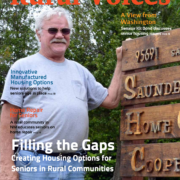Where are we 50 years after the war on poverty began?
In the 2014 special edition of Rural Voices magazine, HAC revisits the issue of rural poverty with frank questions, informed viewpoints, and honest assessments. Experts and contributors from across the nation help provide a better understanding of this complex issue and its intersection with housing in rural communities.

Where are we 50 years after the war on poverty began?
In the 2014 special edition of Rural Voices magazine, HAC revisits the issue of rural poverty with frank questions, informed viewpoints, and honest assessments. Experts and contributors from across the nation help provide a better understanding of this complex issue and its intersection with housing in rural communities.
FEATURES
Rural Poverty, Before & After the War
by James P. Ziliak, Center for Poverty Research and Department of Economics, University of Kentucky
The 50th anniversary of the War on Poverty has generated scores of articles, books, and radio and television reports. Lost in much of this coverage is the acute hardship facing rural America at the dawn of the 1960s, and the role this played in shaping the nation’s response to poverty.
A Frank Discussion on Persistent Poverty in Rural America
Forgotten or hidden from mainstream America, several rural areas and populations are isolated geographically, lack resources and economic opportunities, and have suffered through decades of disinvestment and double-digit poverty rates. Persistent poverty is most evident within several rural regions and populations, including the Lower Mississippi Delta, the rural Southeast, Central Appalachia, Native American lands, the colonias along the U.S. Mexico border, and migrant and seasonal farmworkers.
Among the most economically depressed areas in the country, addressing social, economic, and housing problems has proved challenging. To help better understand this issue, Rural Voices spoke with five housing experts, each with decades of experice providing housing and working with low-income familes in persistent poverty areas. Their firsthand knowledge presents an unparalleled view into the harsh reality of families and communities grappling with long-term poverty. These experts offer their insights, passion, and commitment to help solve what is often considered an intractable problem.
- Bill Bynum is the CEO of Hope Enterprise Corporation/Hope Credit Union (HOPE). Bill has worked with HOPE for over 20 years providing banking opportunities to low-income individuals and families in the Mid South.
- Tom Carew is the Executive Vice President of Membership and Advocacy at the Federation of Appalachian Housing Enterprises (FAHE). Tom has more than 34 years of experience providing affordable housing in Central Appalachia.
- Ann Cass is the Executive Director of Proyecto Azetca and has over three decades of experience working in the Texas border colonias.
- Emma “Pinky” Clifford is the Executive Director for the Oglala Sioux Tribe Partnership for Housing (OSTPH). As a tribal member of the Oglala Sioux, Pinky has worked to improve access to safe, affordable housing with OSTPH for the past two decades.
- Selvin McGahee is the Executive Director of Florida Non-Profit Housing, Inc. and has spent his career working to provide affordable housing in the rural Southeast and farmworker housing.
Decline in Senior Poverty: A Success Story…
by the Housing Assistance Council
One of the biggest successes in reducing poverty has been among older Americans.
…With a Cautionary Outlook
by Kim Datwyler, Executive Director, Neighborhood Nonprofit Housing Corporation (NNHC)
Staying Housed on a Fixed Income: The Importance of Available Affordable Housing for Seniors
From a Spare Bedroom to a Home of Her Own
by Stacey Howard, Dream$avers IDA Program Director, NeighborWorks Umpqua
A Single Mother’s Struggle Out of Poverty to Provide a Better Life for Her Son
Innovative Approaches to Reducing Poverty Locally
The problem of poverty is often viewed from a national or regional perspective. But success in moving people out of poverty can emanate from community-specific innovation and solutions.
- Job Skills through Housing Development – Motivation, Education, Training, Inc. (Texas)
- Combating Poverty in Puerto Rico with Job Training & Economic Development – Pathstone (Puerto Rico)
- IDAs Help Low-Income Families Save for Increased Opportunities in Rural Oregon – NeighborWorks Umpqua (Oregon)
A VIEW FROM WASHINGTON
“The People Left Behind” Are Today the People Still Behind
by Joe Belden and Lance George
Additional Content
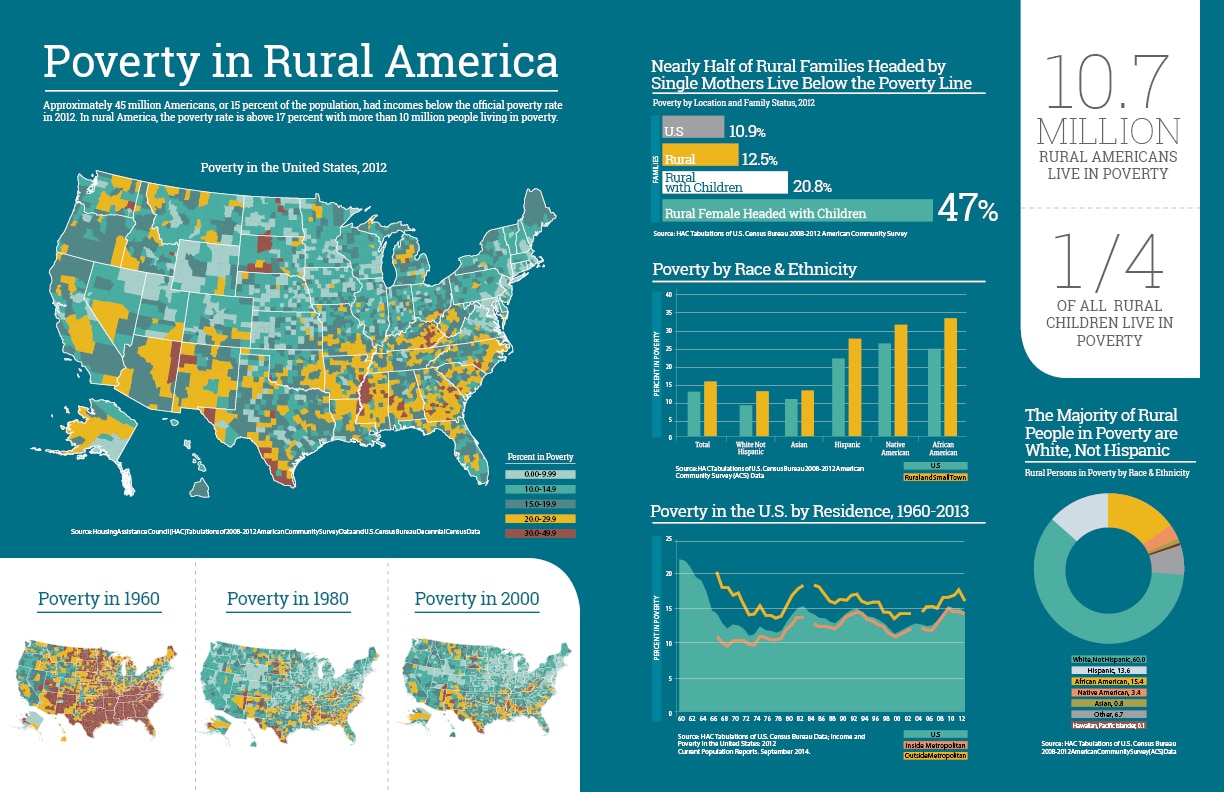 Poverty in Rural America
Poverty in Rural America
Approximately 45 million Americans, or 15 percent of the population, had incomes below the official poverty rate in 2012. In rural America, the poverty rate is above 17 percent with more than 10 million people living in poverty.
Rural Voices would like to hear what you have to say about one, or all, of these issues. Please feel free to comment on this story by sending a tweet to #RuralVoicesMag, discuss on the Rural Affordable Housing Group on LinkedIn, or on our Facebook page.


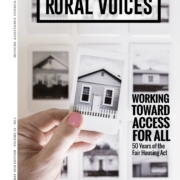
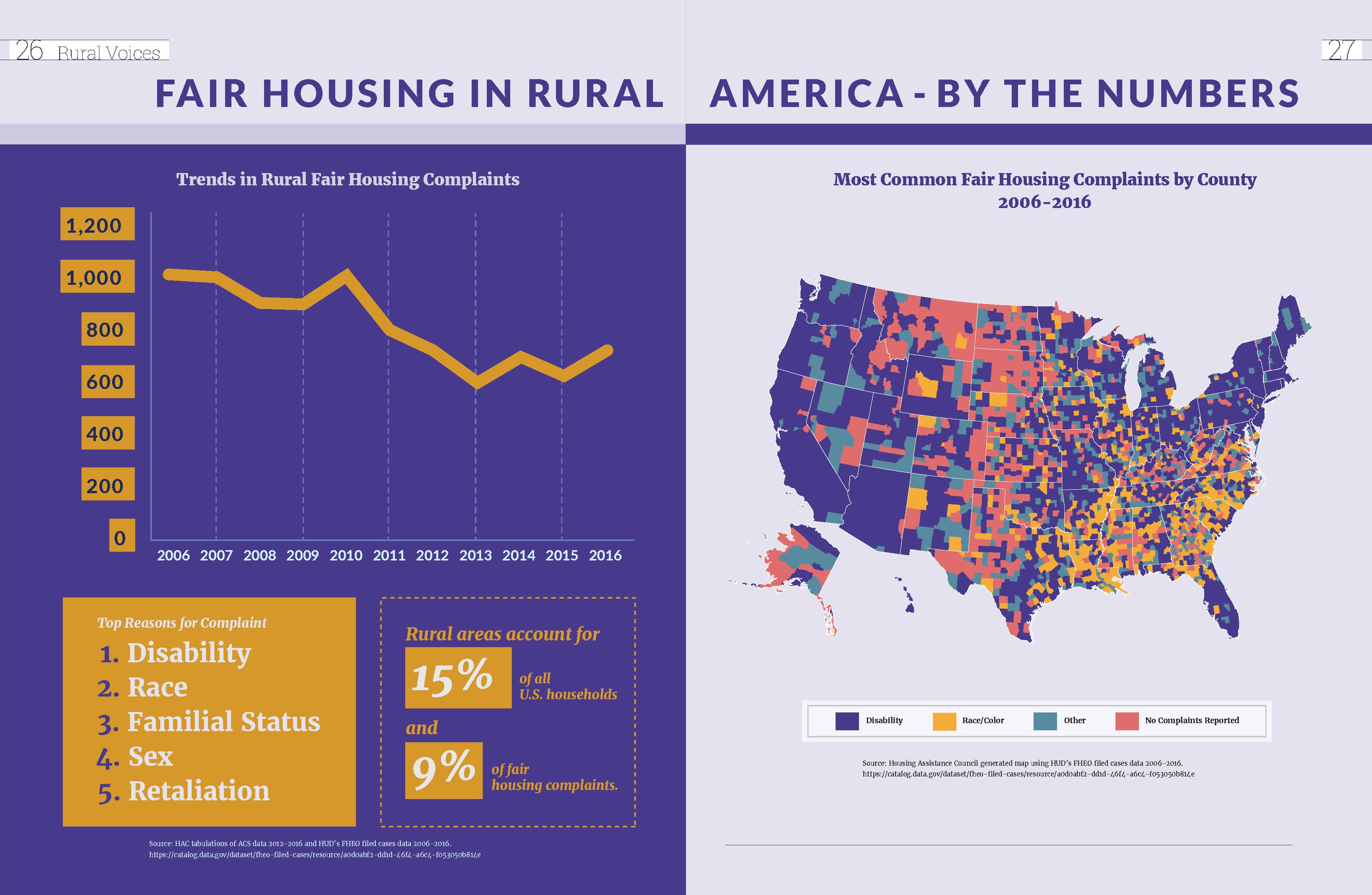
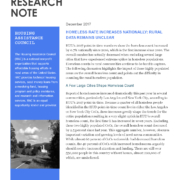

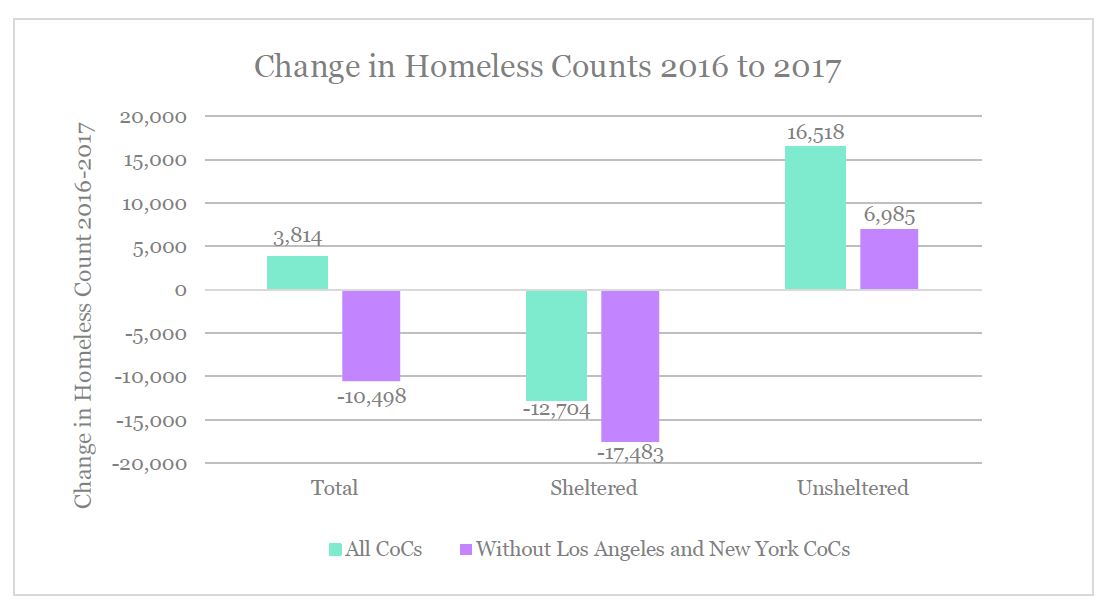
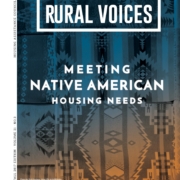

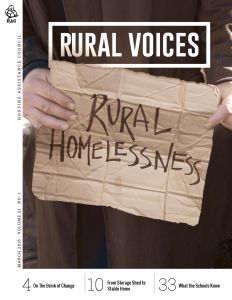
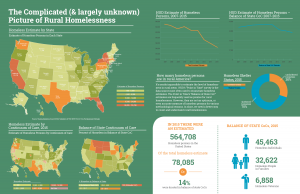
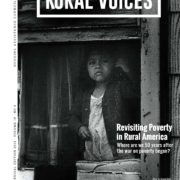

 Poverty in Rural America
Poverty in Rural America